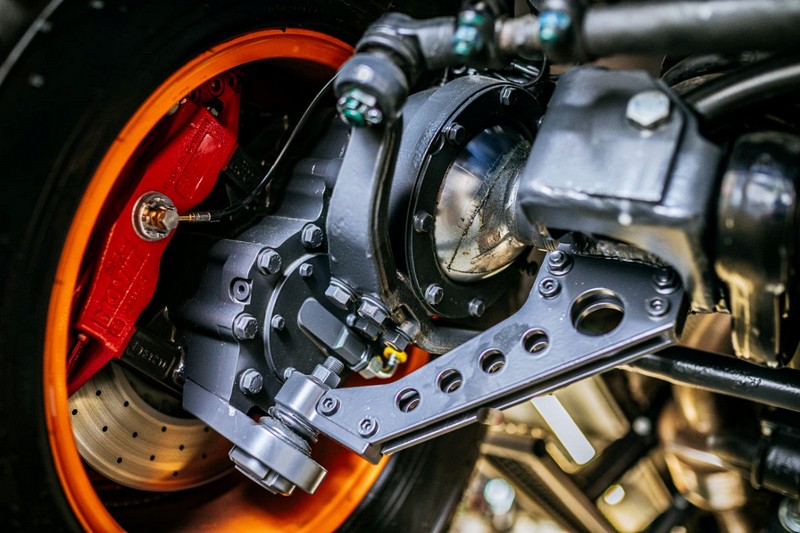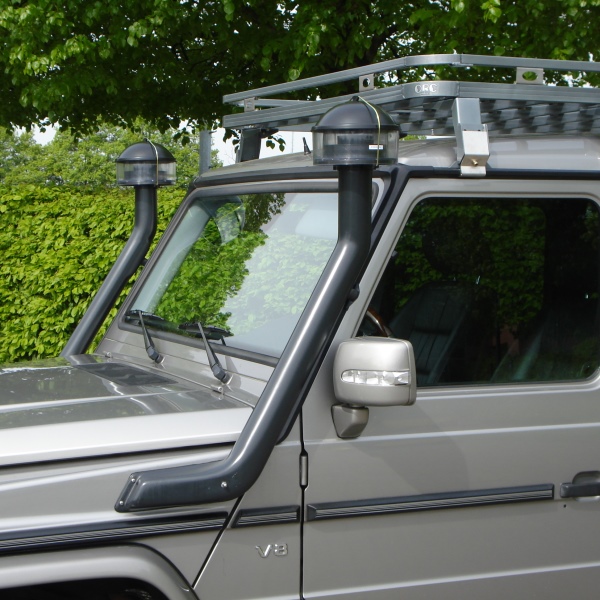 CategoriesNews
CategoriesNewsMercedes-Benz AMG G63 with 22″ AGL50 (duoblock)
Check out this Mercedes G-class with 22" wheels and 33 x 12.5 R22 Nitto Trail Grapplers on Avant Garde wheels. Shop: MC Custom Vehicle: Mercedes-Benz AMG G63 Design: AGL50 (duoblock) Size: 22x10.5 Finish: Matte Black w/ Chrome (exposed) hardware




